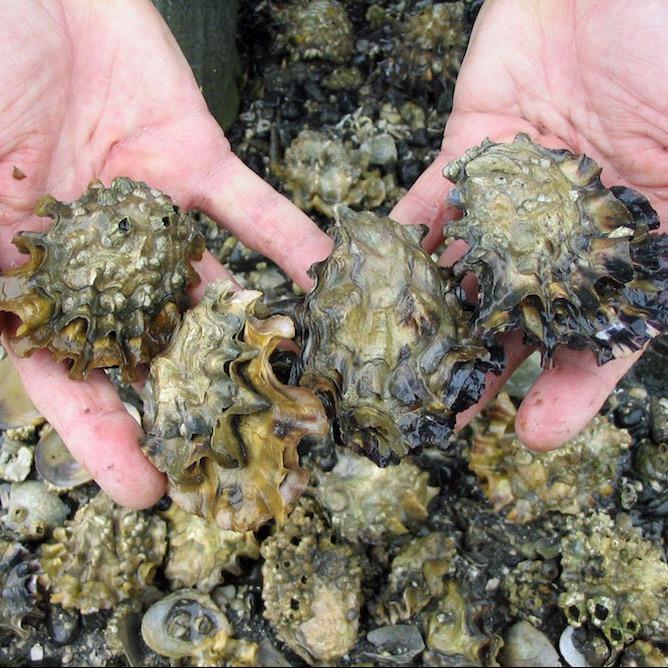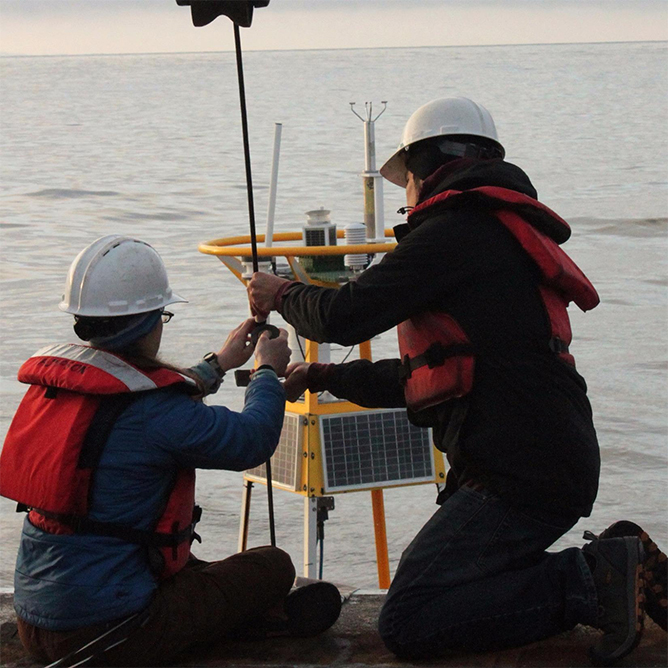The U.S. Pacific Islands span a dramatic natural gradient in climate and oceanographic conditions, and benthic community states vary significantly across the region’s coral reefs. Here we leverage a decade of integrated ecosystem monitoring data from American Samoa, the Mariana Archipelago, the main and Northwestern Hawaiian Islands, and the U.S. Pacific Remote Island Areas to evaluate coral reef community structure and reef processes across a strong natural gradient in pH and aragonite saturation state (Ωar). We assess spatial patterns and temporal trends in carbonate chemistry measured in situ at 37 islands and atolls between 2010 and 2019, and evaluate the relationship between long-term mean Ωar and benthic community cover and composition (benthic cover, coral genera, coral morphology) and reef process (net calcium carbonate accretion rates). We find that net carbonate accretion rates demonstrate significant sensitivity to declining Ωar, while most benthic ecological metrics show fewer direct responses to lower-Ωar conditions. These results indicate that metrics of coral reef net carbonate accretion provide a critical tool for monitoring the long-term impacts of ocean acidification that may not be visible by assessing benthic cover and composition alone. The perspectives gained from our long-term, in situ, and co-located coral reef environmental and ecological data sets provide unique insights into effective monitoring practices to identify potential for reef resilience to future ocean acidification and inform effective ecosystem-based management strategies under 21st century global change.
This work was funded by the NOAA Ocean Acidification Program and the NOAA Coral Reef Conservation Program (project #743), as part of the NOAA National Coral Reef Monitoring Program.


